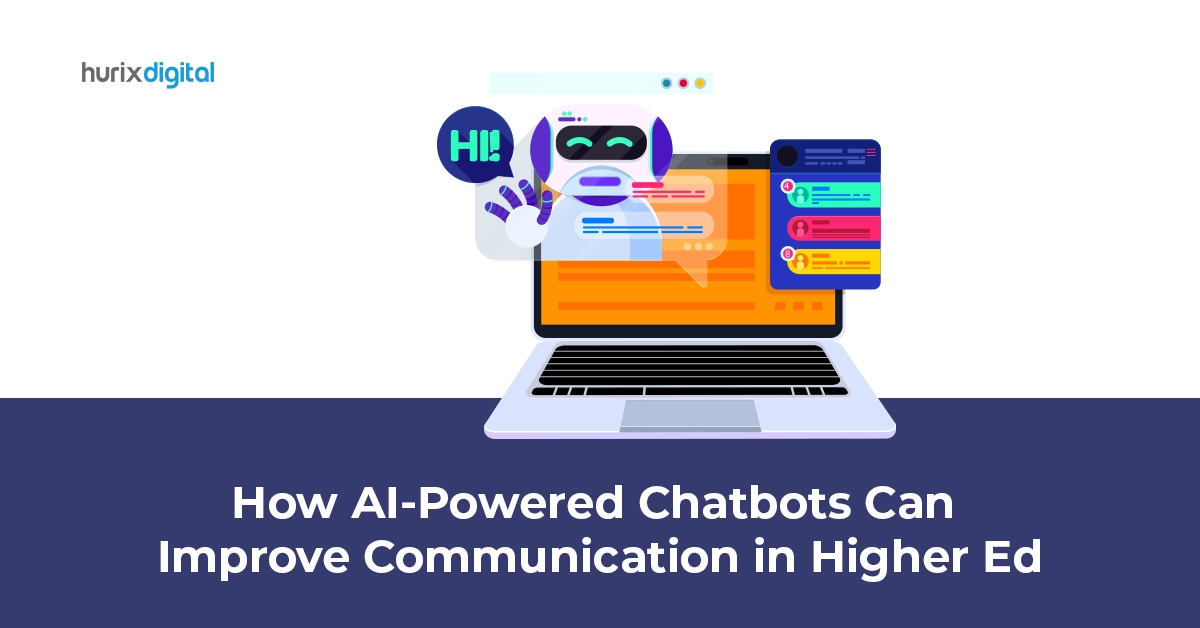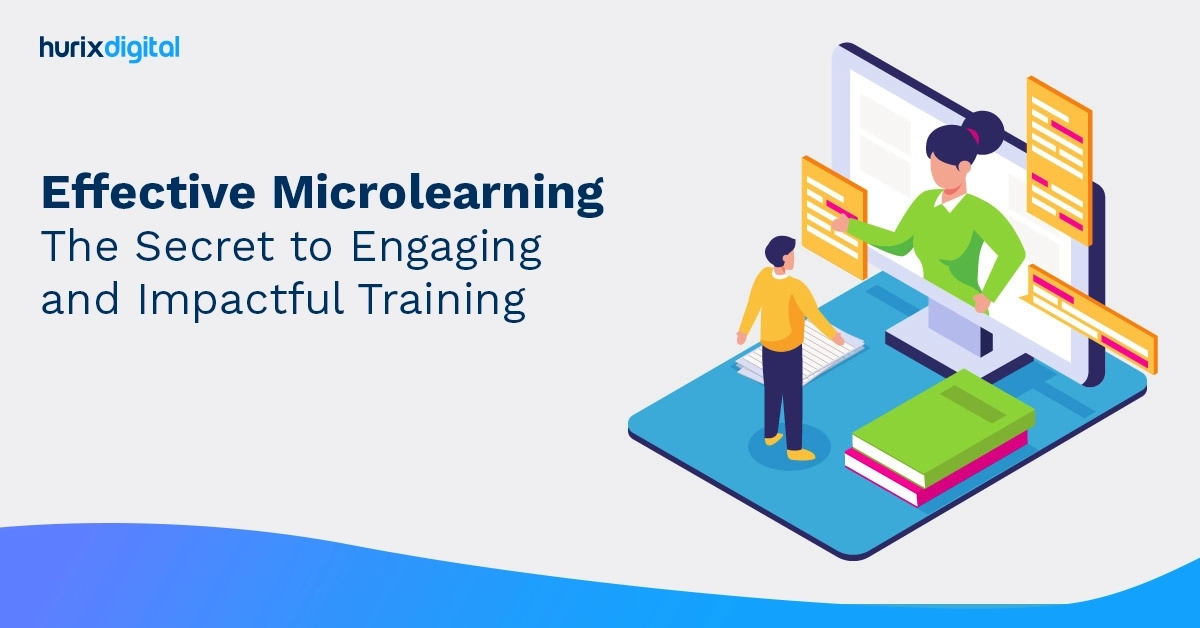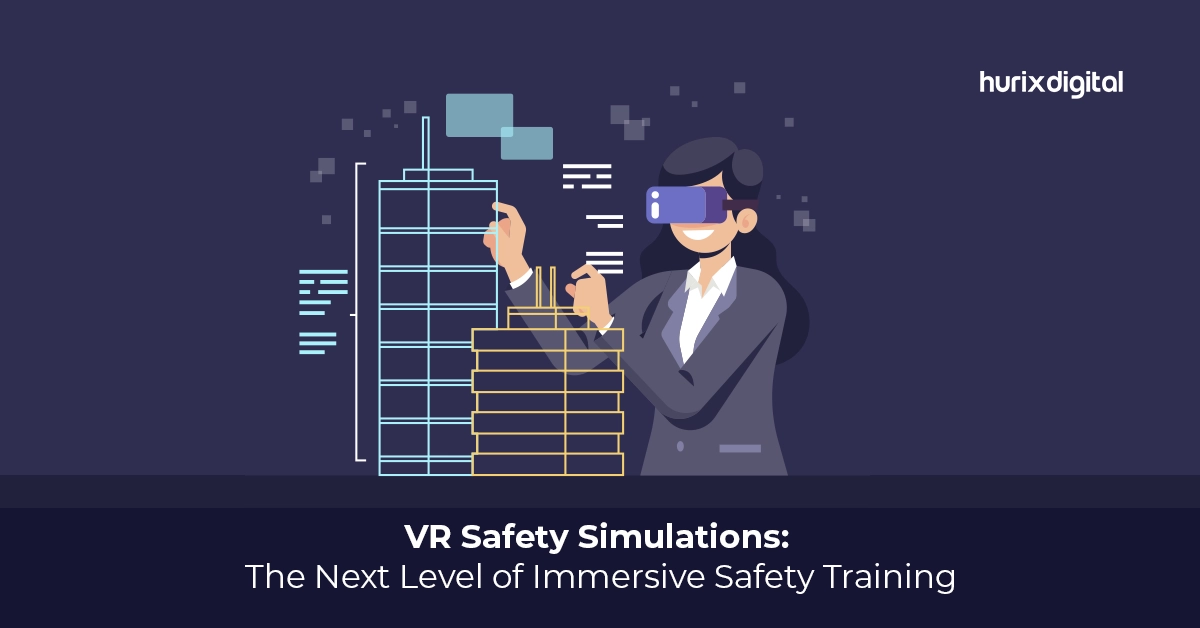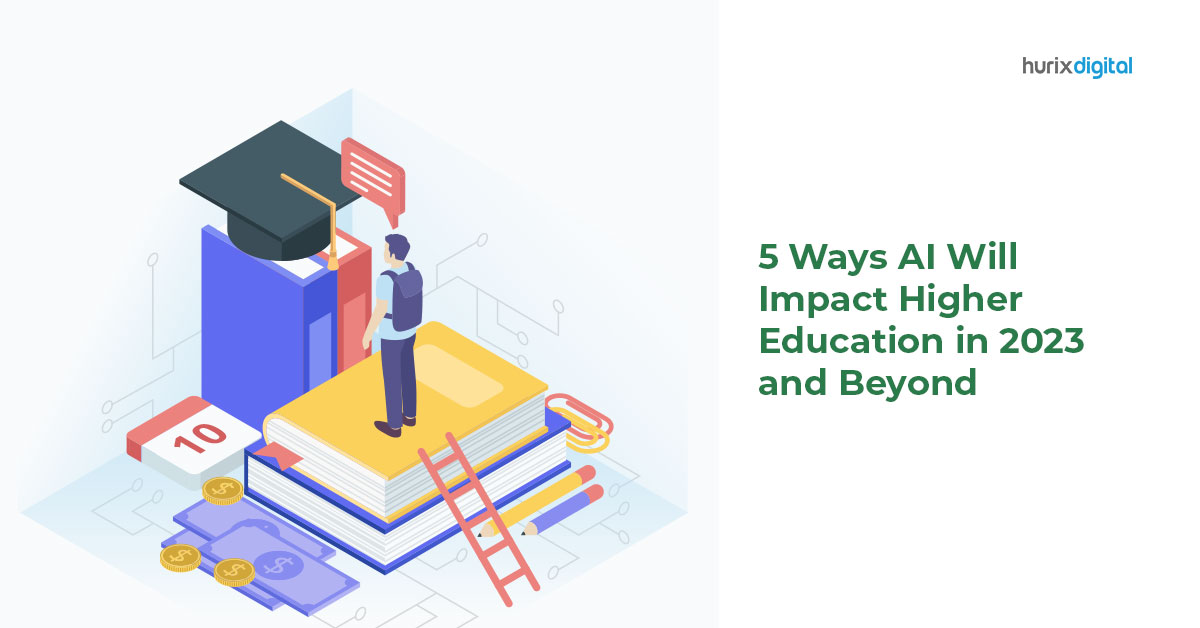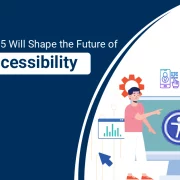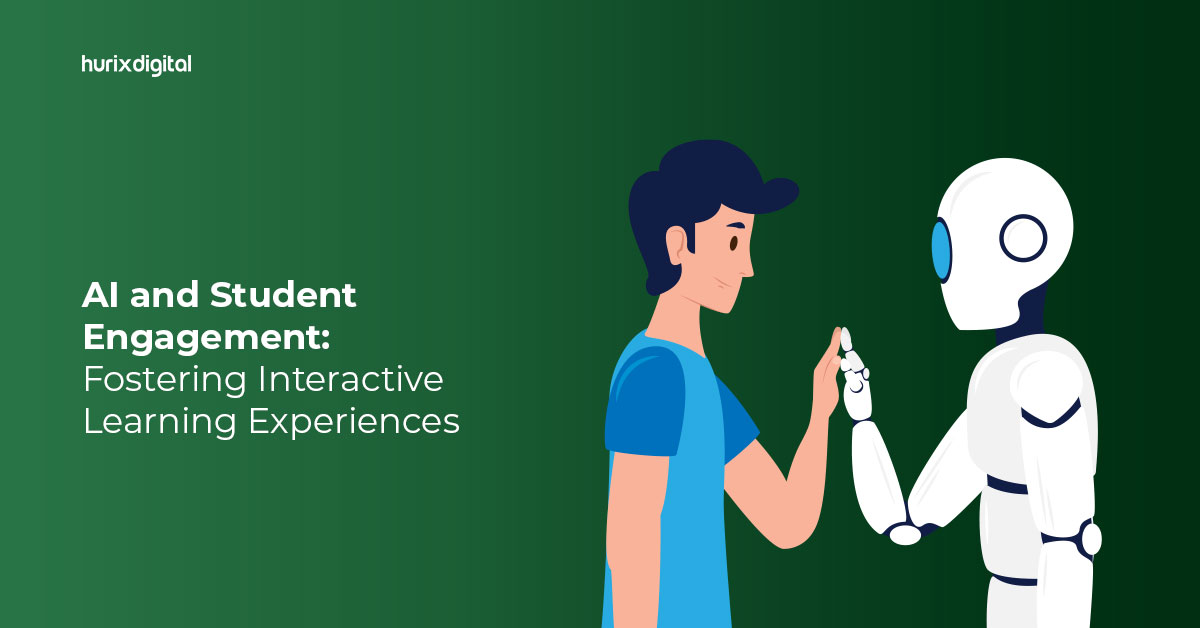
AI and Student Engagement: Fostering Interactive Learning Experiences
Summary
This article examines the transformative impact of AI on higher education in 2024 and beyond, emphasizing personalized learning experiences, the deployment of intelligent tutoring systems, streamlined administrative processes, the use of predictive analytics, and sophisticated data analysis tools that will significantly benefit educators and researchers.
The time when students had restricted access to education resources is gone. AI is already transforming the education industry, and over 99.4% of higher education institutions believe so.
With more educators experimenting with AI’s potential in education, this advanced technology is gaining more prevalence. The AI education sector is expected to grow at a 40% CAGR to reach a global valuation of $20 billion by 2027. AI is facilitating a new and intuitive way for teachers to engage students. It uses interactive elements, like gamification and videos. The latter is known to increase student satisfaction by 94%.
The benefits of using AI in education are endless, but how can it be used effectively? Let’s discuss ways to leverage AI tools for student engagement and interactive learning experiences.
Table of Contents:
Top AI Benefits for Students
Let us explore the advantages of AI in education for students and how it can improve their engagement.
1. Customized Learning
AI for students is revolutionizing education by offering personalized learning experiences, intelligent tutoring systems, and automated administrative tasks for students to learn at their own pace. It enables teachers to understand the strengths and weaknesses of a particular student. This personalization can create ideal learning paths based on the learner’s needs.
Artificial intelligence can be used to assess a learner’s performance and study tendencies. A study in Spain has already proven how AI-based chatbots can deliver personalized guidance and assistance 91% of the time. The leaps AI has taken in the previous couple of years have made it capable of improving the number even further.
That is why advanced AI tools for student engagement are surfacing in the market, facilitating use cases such as:
- Adaptive Learning Systems: AI systems designed for student engagement can assess a learner’s academic history, tendencies, strengths, and weaknesses. This way, the AI tool can create individual learning paths to help students progress at their own pace. Moreover, artificial intelligence for students can be used to provide support in key areas.
- Personalized Content Recommendation: Since every student has different skills, they all have different learning preferences too. One teaching method will not bode well with every student.
This is where AI shines, using interactive methods, such as video-based learning, games, and similar resources. This makes the learning process enjoyable and easy to endure.
- Smart Tutoring System: AI in education can be used to provide 1-to-1 support to students. It can offer explanations, answers, and even hints whenever required during learning sessions. Since these systems can adapt based on the learner’s progress and responses, they ensure a thorough learning experience.
Moreover, AI tutoring systems have been proven to reduce students’ anxiety by 20%. Given the stress modern learners encounter, this property is highly useful in competitive regions, such as Asia.
- Learning Assessment: K12 solutions platforms can help teachers identify patterns and trends in students’ learning. These tendencies can be used to understand how every student learns best. Eventually, institutes can use the patterns to employ strategies that lead to better student engagement.
Also Read: Boosting Student Employability with the Effective Use of Data
2. Immersive and Interactive Learning Experiences
Innovative AI tools can significantly enhance student engagement by providing interactive learning experiences. AI for students can be elevated for better results by integrating more multimedia elements. Teachers can incorporate technologies, such as AR (augmented reality) and VR (virtual reality), to bring learning to life.
An interactive and immersive learning session is bound to enthrall students. For example, imagine a student interested in history who wants to learn about certain historical events. AI can use VR can be used in this instance, to help the learners explore museums and even simulated versions of these historical sites in front of them.
These interactive learning sessions will allow students to brainstorm new ideas and concepts without facing any geographical restrictions.
3. Feedback and Assessment
Academic institutions can use AI tools for student engagement with real-time feedback. Thanks to these tools, students can measure and track their performance in various aspects.
It can help them realize the area of improvement, motivating them to stay engaged during the learning sessions.
Moreover, such automated responses save valuable time by eliminating the need for application submission or standing in queues.
4. Intuitive Tests and Exercises
Students can get bored trying to solve the same equations and question papers for months. That is, using AI in education is advantageous, especially when it comes to keeping them engaged.
For example, teachers can create an exercise where students go through humorous AI-generated content about their course. They can be asked to find errors and inconsistencies in the content.
The method will improve students’ understanding of the subject while developing critical thinking. It can also help them shape their opinions and perspectives on the subject.
5. Collaborative Learning
One of the primary advantages of AI in education for students is its collaborative learning capabilities. With AI-based tools and discussion forums, students can engage in meaningful interactions with their peers.
This can generate new ideas and spark interesting discussions while keeping students engaged with the course. The method increases not only their knowledge but also their collaborative and learning skills.
6. Removing Language Barriers
Creating course content and curriculums that cater to students worldwide is challenging. The issue worsens when it comes to educating students in real-time.
AI can eliminate such issues with live captions and advanced translation. Even standard tools have started offering an option to generate live captions during a call.
Doing so during a live online class can allow educational institutes to reach a wider audience. This can facilitate more engagement while improving learning standards across multiple regions.
Also Read: 7 Ways to Use Interactive Videos in eLearning for K-12 Students
In Conclusion
Artificial intelligence brings forth a new era of education by empowering educators to provide learners with superior learning experiences and ease of instruction. This revolutionary technology promises personal learning, automation of administrative tasks, and greater involvement in content-based educational material.
That is why it is expected that AI will power 47% of future learning management tools.
While using AI tools for student engagement seems inevitable, choosing the best option can be challenging. Your institution’s unique needs deserve a unique solution. With years of experience in eLearning, Hurix Digital provides expert-led, AI-powered higher education solutions.
We offer cutting-edge AI-powered tools and expertise to transform traditional education into dynamic, interactive experiences that provide personalized feedback, simulations, and gamified activities.
To implement advanced technologies, like AI and ML, in your learning system today, contact us for a personalized consultation.
Frequently Asked Questions (FAQs)
Q1. What is the impact of AI on the education industry?
AI is transforming education by offering personalized learning paths, interactive experiences, and real-time feedback. Over 99.4% of higher education institutions recognize its significance.
Q2. How does AI enhance student engagement?
AI enhances engagement by providing customized learning paths based on students’ strengths and weaknesses.
Q3. Can AI improve learning assessment?
Yes, AI aids learning assessment by identifying patterns and trends in students’ progress.
Q4. What benefits does AI bring to tests and exercises?
AI injects variety into tests by creating engaging exercises, such as humorous AI-generated content.
Q5. How does AI address language barriers in education?
AI overcomes language barriers with live captions and advanced translation tools. These features enable educators to teach a wider audience, enhancing engagement and learning standards worldwide.

Senior Vice President – Business Development
Over 25 years of experience in the edtech and workforce learning industry with strong skills in Business Development, Customer Relationship Management (CRM) and Strategy.
